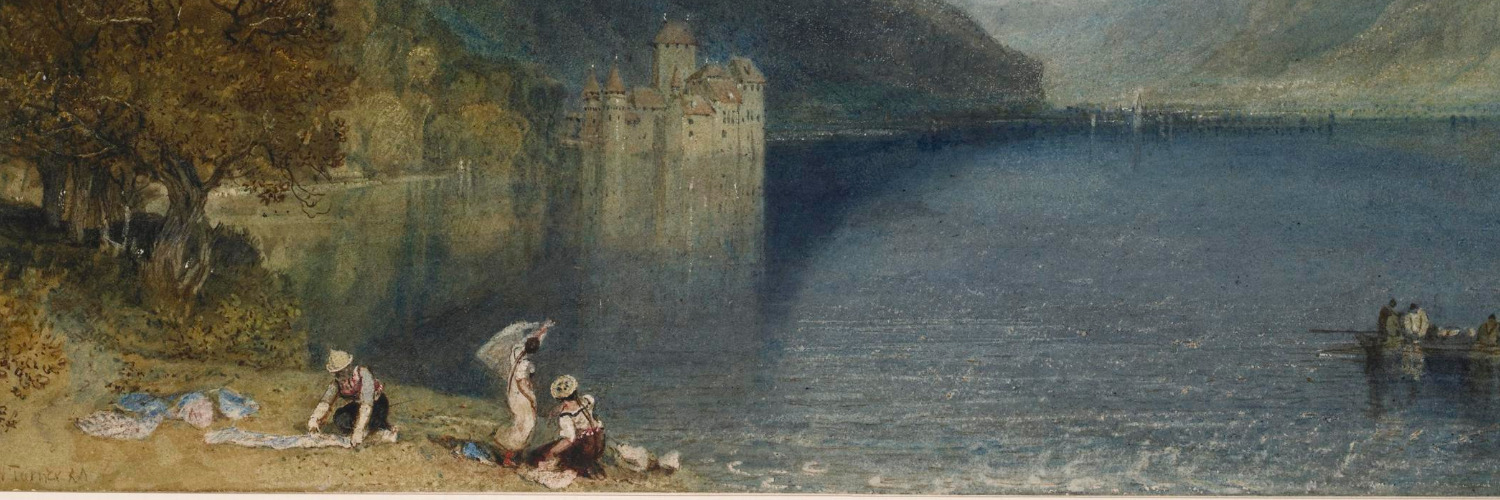Once upon a time (or so the story goes) only six male poets made up the field of British Romanticism, but in the mid-1980s, born out of the body of Anglo-American feminist scholarship, poststructuralism, and French psychoanalytical criticism, there emerged a counter narrative of literary production and achievement in the period. Anne Mellor was at the forefront of a group of scholars intent upon the recovery and critical engagement of Romantic women writers either neglected (Mary Wollstonecraft and Mary Shelley), misplaced (Jane Austen) or simply forgotten (Anna Barbauld, Charlotte Smith, Felicia Hemans, Letitia Landon, and myriad others).
In the interview that follows, Mellor recounts her determined commitment to rethinking Romanticism through the lens of gender. Already the author of several books and articles on canonical male figures, including Blake’s Human Form Divine (1974) and English Romantic Irony (1980), the second stage of Mellor’s career began in 1988 with Routledge’s dual publication of Mary Shelley: Her Life, Her Fiction, Her Monsters and Romanticism and Feminism. The first volume set about reconsidering the literary output of Mary Shelley and was central in recovering her as a powerful author in her own right, rather than as William Godwin’s daughter or Percy Bysshe Shelley’s wife. Romanticism and Feminism introduced readers to Mellor’s concept of masculine and feminine romanticism in a collection of essays on both male and female Romantic authors penned by influential critics including Stuart Curran, Alan Richardson, and Susan Wolfson.
With the publication of Romanticism and Gender (1993) and Mothers of the Nation: women’s political writing in England, 1780-1830 (2000), Mellor offered scholars of the period critical analysis of texts long neglected (most notably perhaps Charlotte Smith’s novels and Letitia Landon’s poetry), even as she posed questions meant to urge readers towards further engagement with thorny critical questions: What difference does gender make? What constituted a woman’s authority in the period, as author and social activist? Why shouldn’t we reclaim Hannah More as well as Mary Wollstonecraft?
I first met Anne Mellor in 1986 as a graduate student at UCLA. It was impossible not to be caught up in her enthusiasm and she quickly swept away my preconceptions of the Romantic period. Although I had entered graduate school intent upon studying Virginia Woolf and Modernism, Anne’s lively seminars and vibrant commitment to this radically new concept of Romanticism changed my direction, as it would many others.
The interview that follows took place about a year ago on a very sunny March afternoon in the living room of Anne’s Los Angeles home, which has also been the meeting place of the UCLA Romantic Study Group. We ranged widely over many topics, from Anne’s education and career to her thoughts about the current state of Romanticism, particularly in regards to feminist literary criticism and the ongoing recovery of women writers. Throughout our conversation Anne generously acknowledged her own teachers, even as she frequently brought recent work of her own students into the discussion. Although joyfully anticipating retirement, her continuing enthusiasm about classroom engagement was evident and she was deep into planning her first Jane Austen course. As I write this introduction several months later, Anne has taught her first Austen course, been honored by peers at NASSR, MLA and the Clark Library, and is more set then ever on a busy retirement. And yet, as the interview reveals, she retains her commitment to further developing our still relatively new narrative of Romanticism. In the audio clips attached to the transcription, Anne’s intellectual curiosity resonates, as her voice continues to prompt the reader to return to the texts, the archives, and the critical concerns of Feminist Romanticism. In Anne’s case “retirement” can only be considered a misnomer; her prodigious scholarly publication ensures that her voice will continue to change stories of Romanticism for all of us.

